Colombia: Medellin
Басылган: 24.08.2017
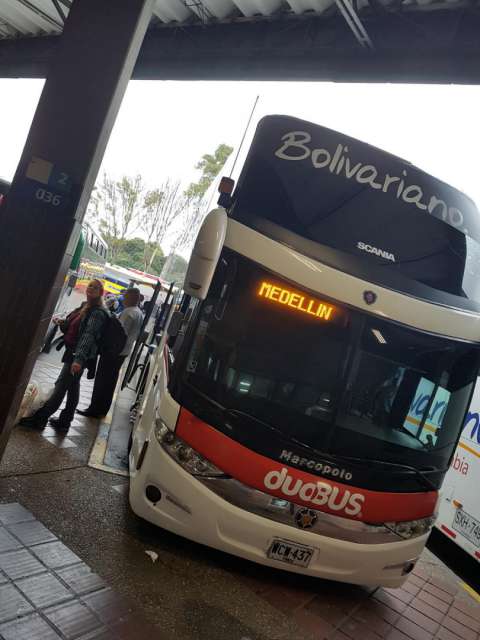
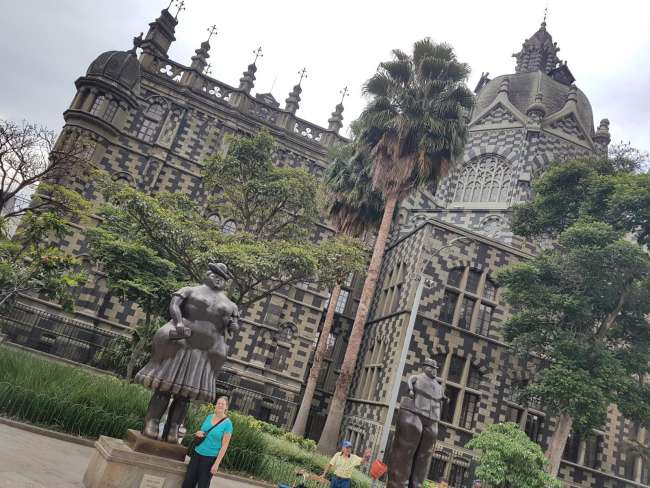
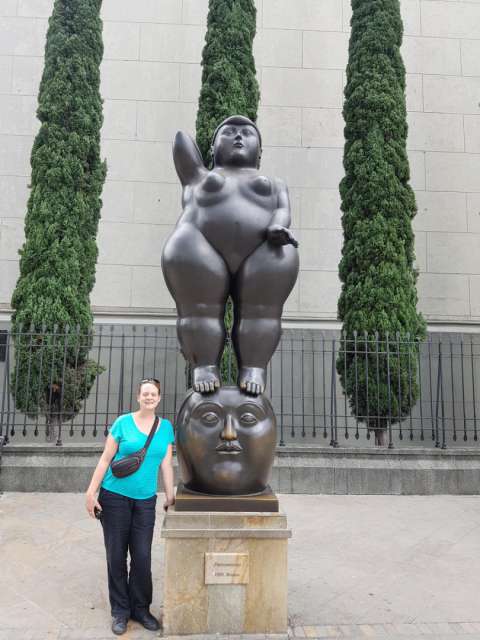
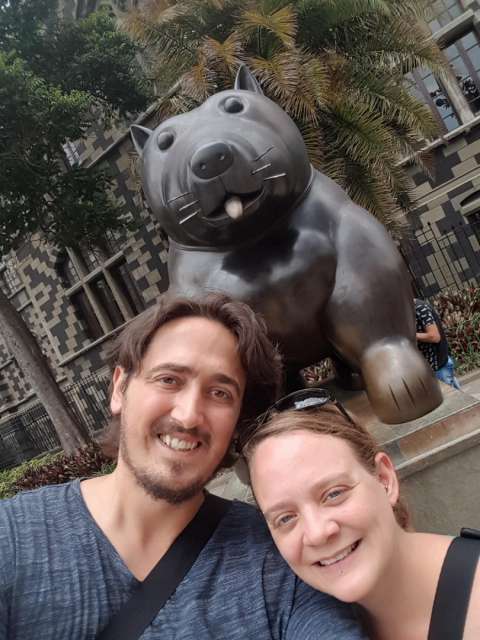
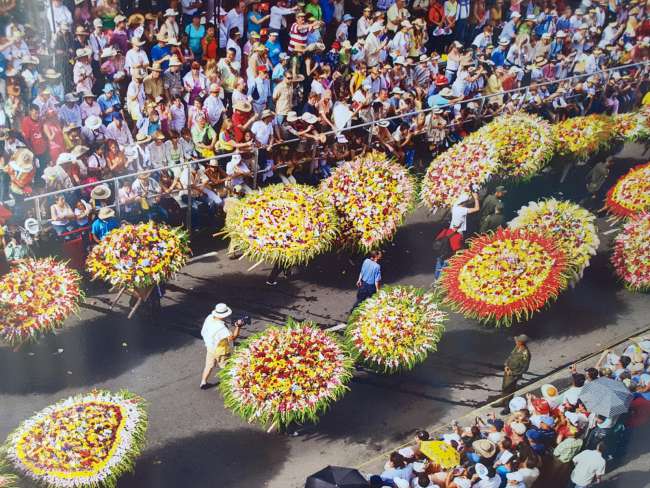
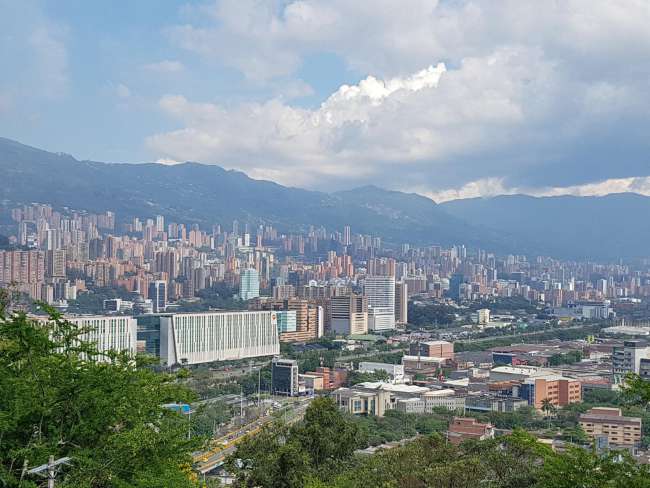
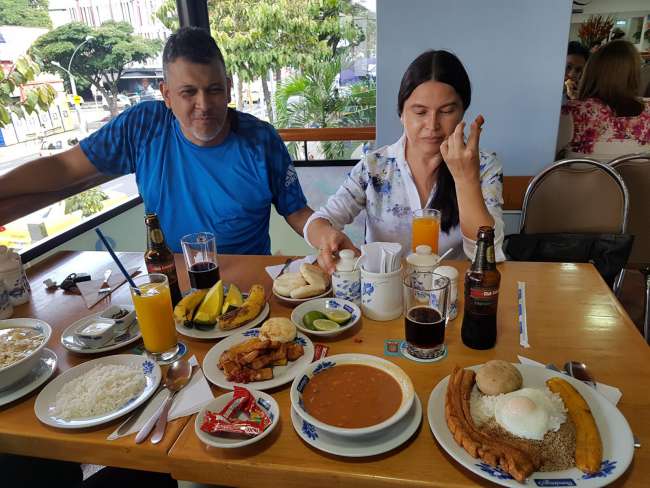
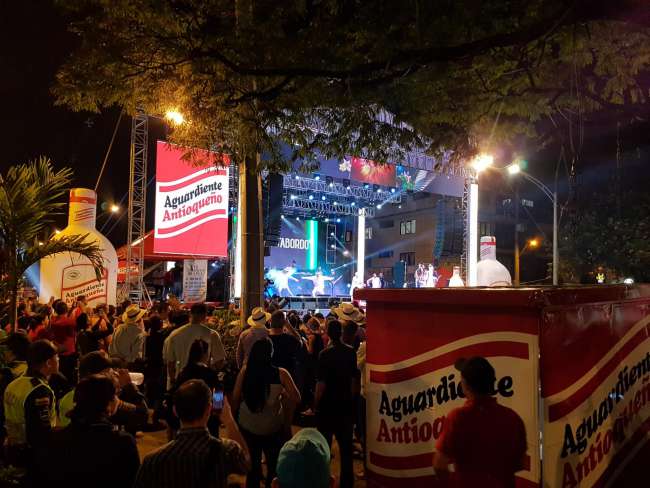
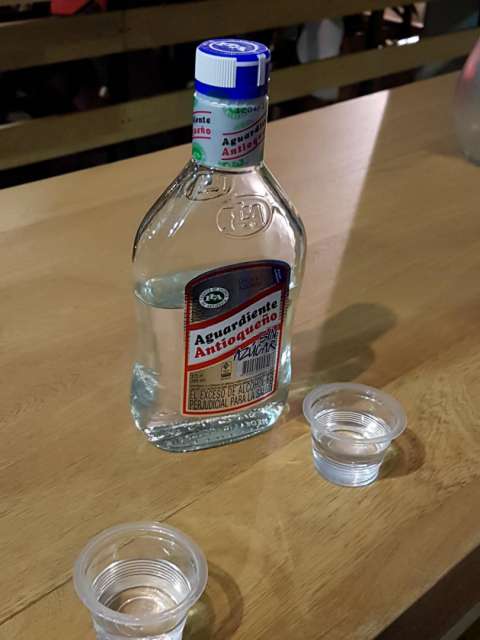
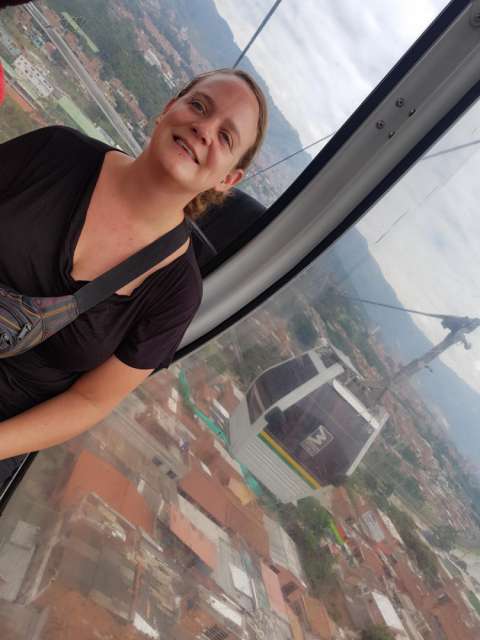
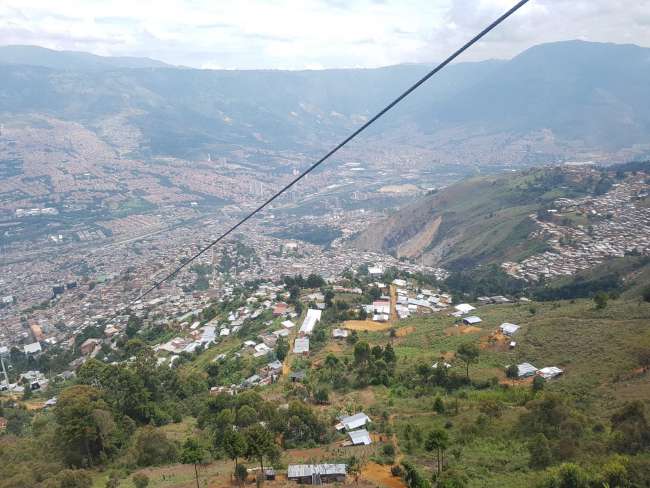
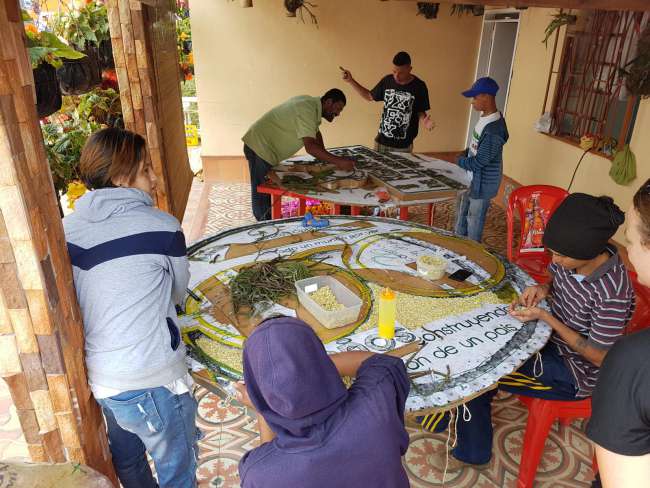
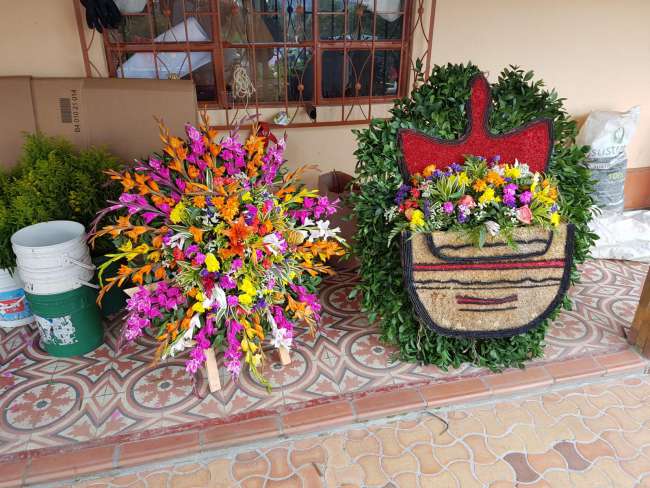
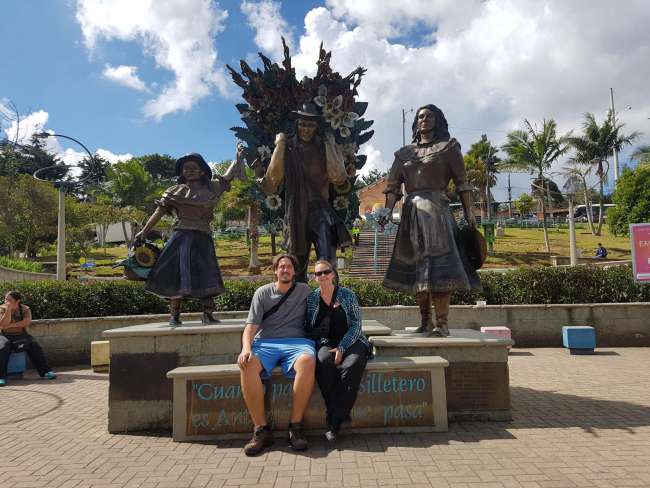
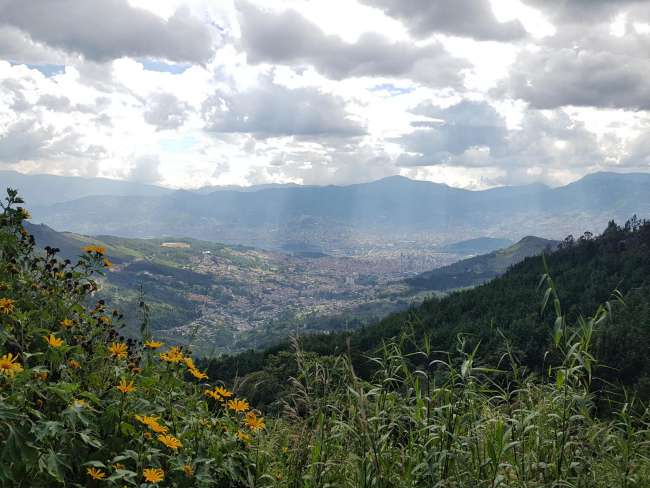
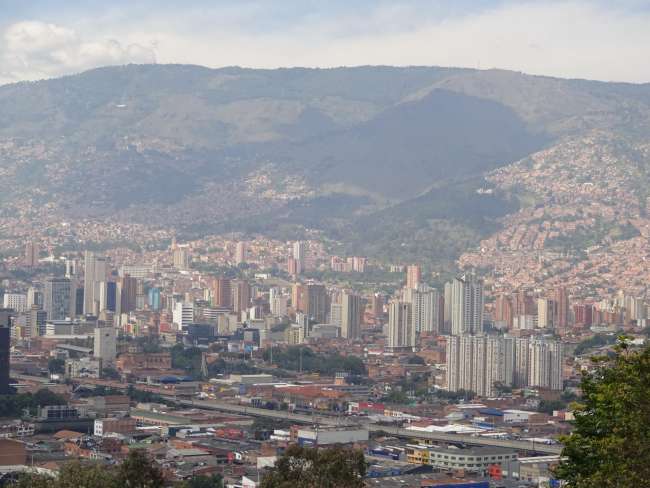
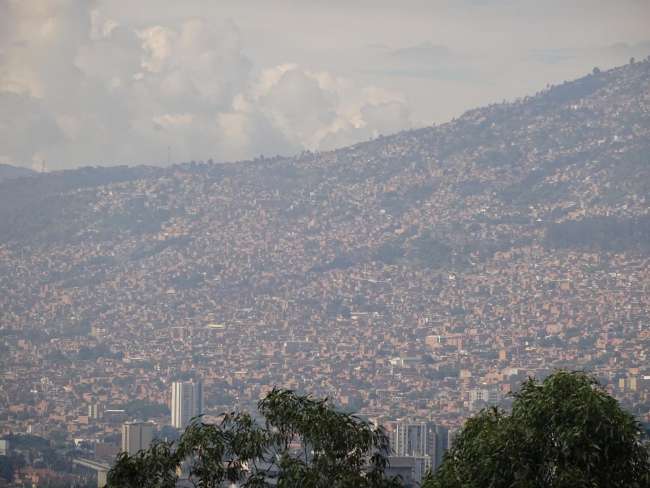
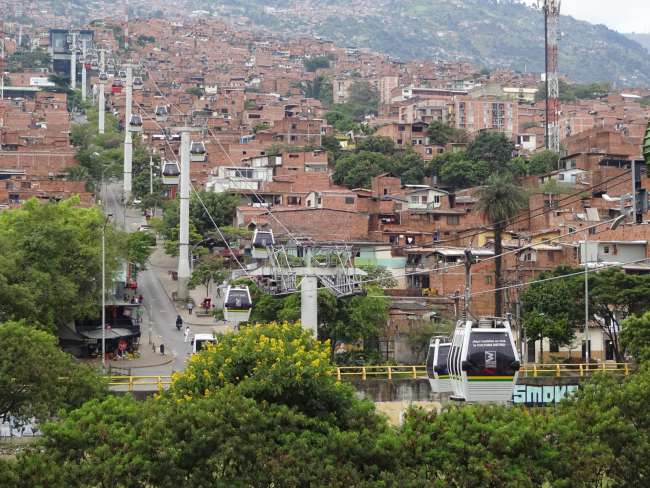
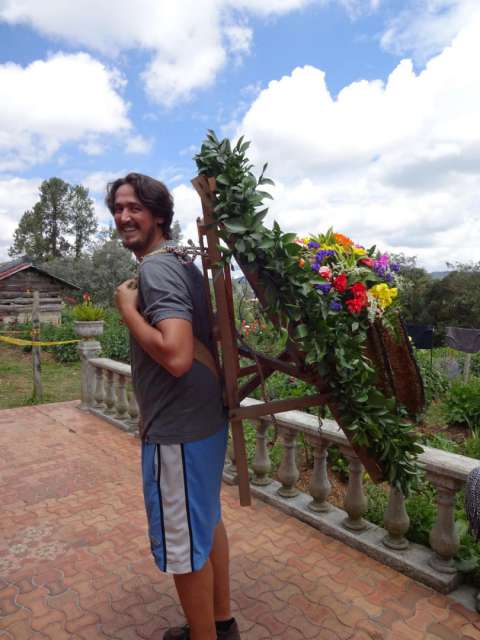
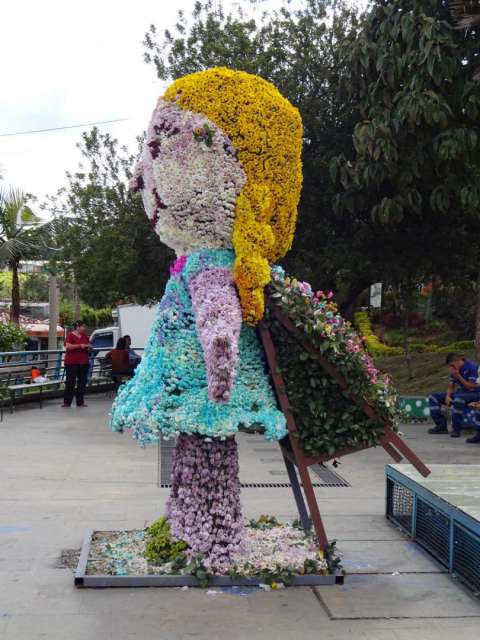
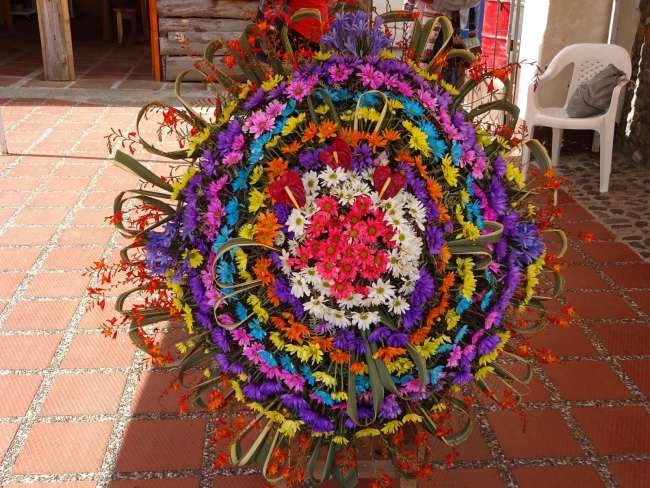
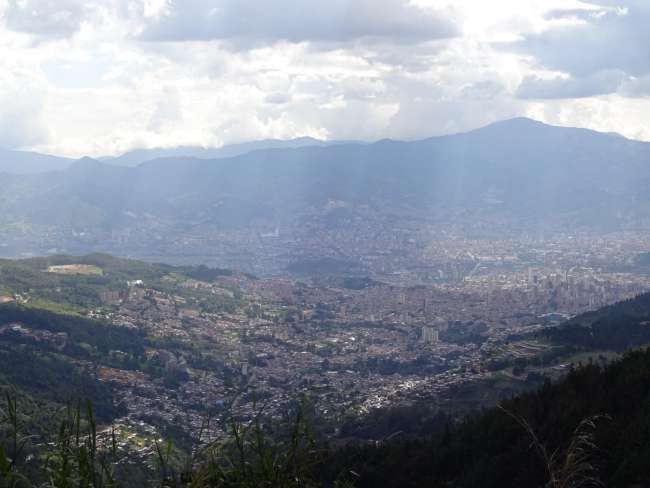
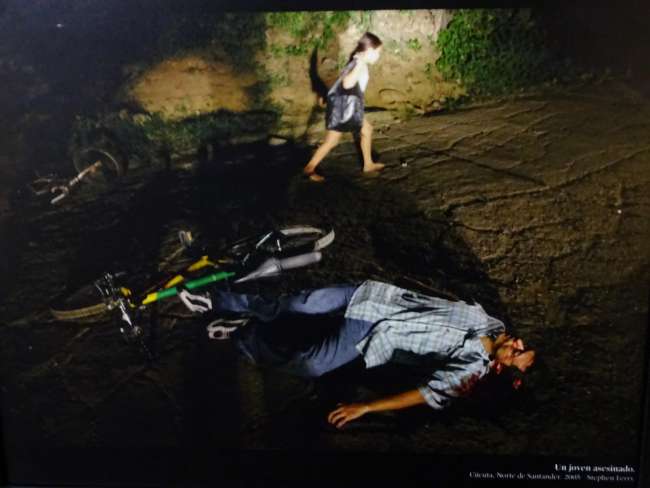
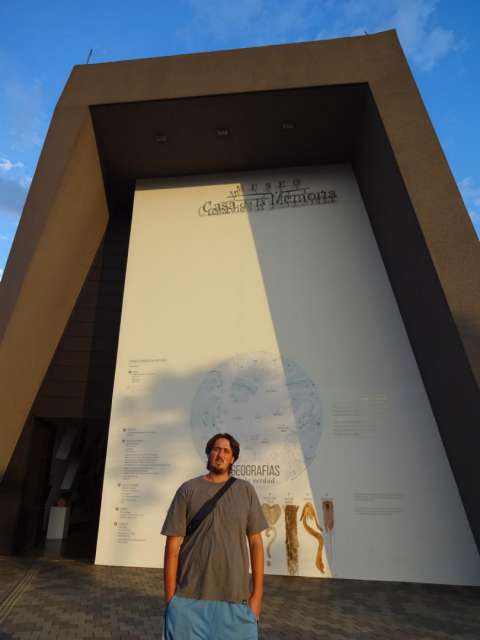
Бюллетеньгә язылу
From Bogota, we took a 10-hour bus ride to Medellin. We booked a first-class bus, which cost only slightly more than a regular bus (about 5 Fr. per person), and it was quite comfortable for a bus trip. We were on the lower level of a double-decker bus and had a wide and comfortable semi-bed with plenty of legroom, so the 10 hours were quite bearable. In the future, we will definitely look for these double-decker buses more often.
Back in Viñales, Cuba, we met a group of Colombians from Medellin and asked them for some tips on Colombia. They gave us their contact information and told us to get in touch when we come to Medellin. We did contact them, and they immediately offered to have dinner with us and take us on a tour the next day.
However, before that, we visited Parque Botero, where many funny sculptures by our new favorite artist are exhibited.
Afterwards, we took a taxi to Cerro Nutibarra, where there was a nice viewpoint with stunning views of Medellin. Medellin is truly a spectacular city. It is situated in a valley, but large parts of the city (especially the poorer neighborhoods) wind their way up the hillsides.
There was also an exhibition about the Feria de Flores (Flower Festival), which was taking place in Medellin at that time. Although we knew from our acquaintances in Cuba that this festival was happening, we didn't really delve into the details. Unfortunately, in this exhibition, we read that the highlight of the festival is on the last day, when the Desfile de Silleteros (Silleteros Parade) takes place, a parade where huge and beautiful floral arrangements made by families are carried through the city. Unfortunately, we would no longer be in Medellin on that day. We did try to rearrange all our plans, but it just didn't work out because we had already booked our tour to Ciudad Perdida for the next day. Unfortunately, you can't always have everything, even when traveling.
Actually, we also wanted to visit the Museo de la Ciudad on the hill, but then the phone rang and our acquaintances from Cuba said they would be on the hill in 10 minutes and would pick us up. Okay, why not.
So we met Rubiel and his wife Beatrice again, and we were overwhelmed by their hospitality. First, they took us to a restaurant in the city center, where we enjoyed a huge traditional Colombian menu (Bandeja Paisa). It consists of beans, various meats, rice, fried egg, and avocado. Then they drove us around the city, stopping at various squares, parks, and attractions. (There's not a whole lot to see in Medellin, though.)
In the evening, they took us back to the city to a fairground, where we watched concerts and drank Aguardiente, Colombia's popular national drink. It is bought in small or large bottles and then drunk neat from shot glasses, with only a jug of water on the side. We had heard about it in Bogota before, and it's not bad, it's not very strong, but rather mild in taste and has a (thankfully very light) anise flavor. That evening, Jörg and I also celebrated the 5-year anniversary of our meeting. It was a very successful evening.
The next day, Rubiel and Beatrice picked us up again at our hotel in the morning. First, we went to Parque Arvi. Since Rubiel has difficulty walking due to a condition, he dropped the three of us off at a metro station and would meet us later. So we took the metro with Beatrice to the cable car station that would take us to the park. In Medellin, there are 4 cable cars, similar to the Swiss gondola lifts, which serve to connect the poorer neighborhoods on the hillsides with the city center. The cable car is an everyday means of transportation here and is integrated into the metro network. It was very impressive to float above the city, although the increasing poverty became increasingly visible with increasing altitude.
One interesting thing in Colombia is that complete strangers start talking to each other everywhere and anytime. In the metro, on the bus, and even in the cable car. In Switzerland, we're not used to that, people in public transport tend to keep to themselves. Beatrice quickly struck up a conversation with the fellow passengers in the cable car. A woman who lives in the neighborhoods up there said that it is super peligroso (super dangerous) there. Beatrice asked us if we wanted to get off and have a look around, but we weren't really keen on that. When we arrived at Parque Arvi, we enjoyed the view, took a look around, and had fruits with caramel sauce for a snack. Colombians love caramel (Arequipe), it's available everywhere and in all forms, as candy, in cups, as a sauce, etc. Then we walked down the hill, where Rubiel picked us up again along the way with his car.
We continued to a place where the Silleteros, the flower arrangements, are made. We watched how they are made, although only the simpler ones made for paying companies. The ones for the parade are kept secret by each family until the big day, as there is a prize competition during the parade where you can win money. Jörg even got to try himself as a Silletero carrier. The round flower arrangements are attached to wooden structures, which are then carried either as a backpack or with a band on the forehead. It's quite exhausting, as some of the Silleteros are really huge and heavy. So we were at least somewhat compensated for not being able to attend the parade, and we owe that to our friendly hosts, without them we probably wouldn't have come to this place.
After a hearty lunch, we headed back to the city center. Interestingly, in the big cities of Colombia, there are regulated times when you can drive your car. Private cars have yellow license plates, and depending on the number range, you have a kind of restricted time period during which you are not allowed to drive in order to reduce traffic. Rubiel was not allowed to drive his car for 2 hours in the morning and 2 hours in the afternoon. So we had to hurry. Apparently, there are cameras that record footage to control this. Imagine something like this in Europe (e.g. in car-loving Germany), there would probably be a revolution. However, wealthy Colombians bypass this by simply acquiring 2 cars. Taxis and official vehicles have white license plates and are allowed to drive around the clock.
Since we mentioned that we are interested in the history of Medellin, Rubiel then drove us to Casa de Memoria. We didn't even know this museum existed, it wasn't listed in the guidebook. There, we bid farewell to our friendly hosts. It was truly a wonderful time we spent with Rubiel and Beatrice, and we were very grateful for it. They were also very generous and invited us to many things, despite our protests. Hopefully, they will visit Switzerland someday so we can return the favor.
Casa de Memoria deals with the very thrilling history of the city. In the 90s, Medellin was considered the most dangerous city in the world. On the one hand, guerrilla fighters controlled large parts of Colombia, and on the other hand, Medellin was the stronghold of Pablo Escobar and his mafia associates and was the scene of the drug war. There were tragic stories to read and terrible pictures to see. Thousands of people fell victim to the conflicts, and there were pictures of children who had to pass by corpses on their way to school. In a quiet moment, I asked Beatrice if she had also lived in Medellin during that difficult time. She has lived here all her life, she completed her studies in 1991. There was only a very small celebration, as inconspicuous as possible, to avoid fearing attacks. She didn't say much more, and you don't want to ask further, it's hardly imaginable what people have been through here during that time. But there are also other perspectives, in other places.
To illustrate the power Pablo Escobar had, there was an article from that time in the museum: Pablo, along with some other mafiosos, was once arrested and imprisoned. At that time, the prison cells were equipped with simple metal bunk beds. Only a short time later, the metal bunk beds were found in the rooms of the prison guards. The cells now had huge double beds, saunas, whirlpools, and all the amenities of a luxury hotel. Incredible. Pablo eventually escaped from prison anyway. He was captured and killed in 1993.
The absolute absurdity we found was that you can buy T-shirts with Escobar's image in many places in Colombia. He is called El Patrón. A terrorist, drug smuggler, mafia boss, responsible for thousands of deaths and so much suffering. Who would ever come up with the idea, for example, of selling T-shirts with Adolf Hitler's image in Berlin?!
There's not only one truth......this was the sentence with which the exhibition at the museum began. We will come back to this topic later.
This was our time in Medellin. Next stop: Cartagena.
Бюллетеньгә язылу
.Авап
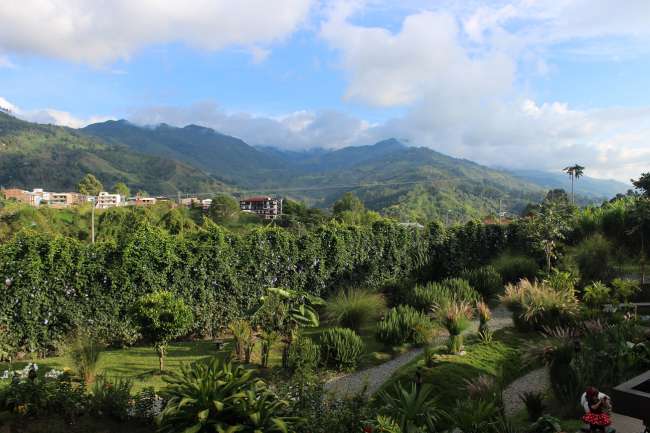
Сәяхәт отчетлары Колумбия

